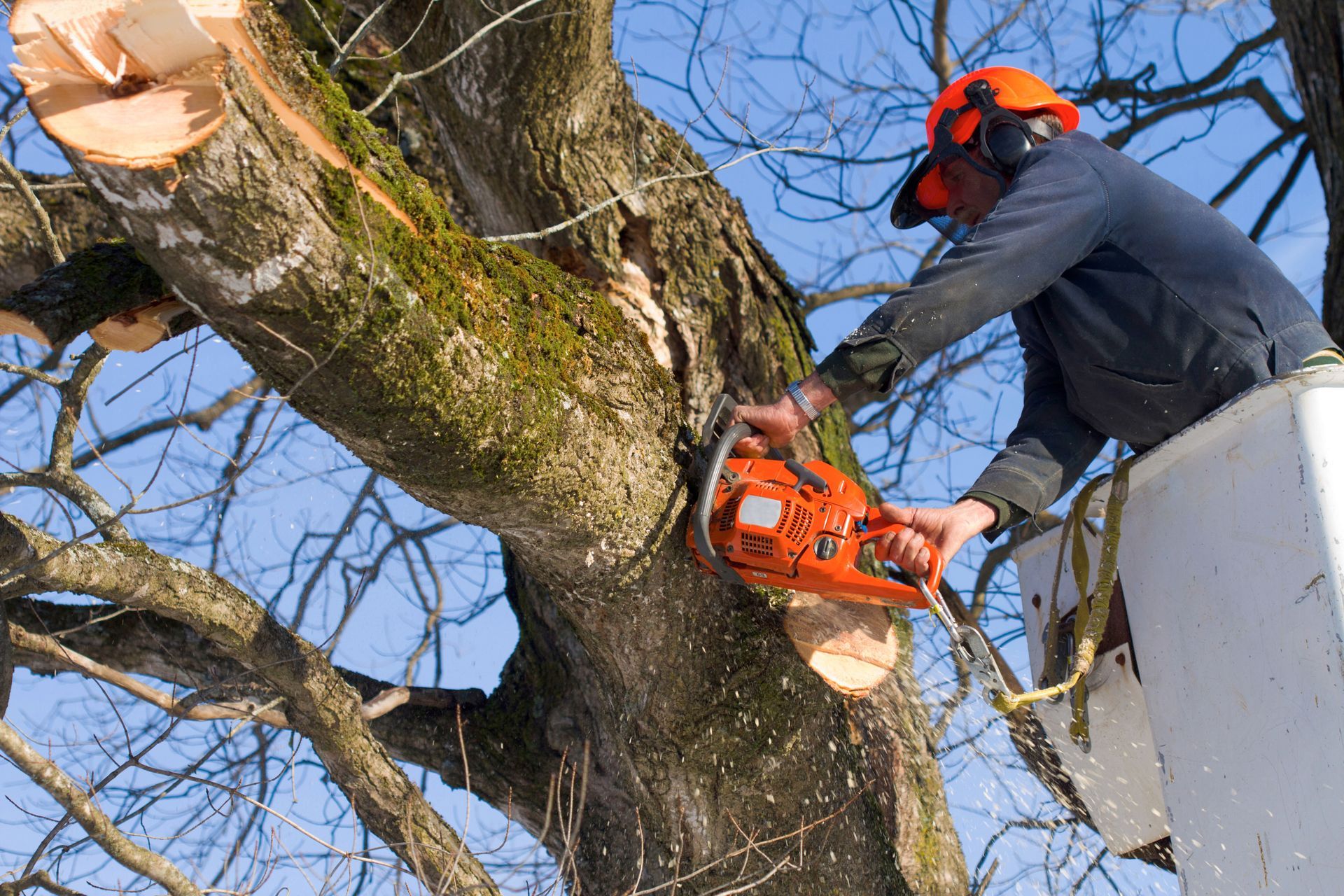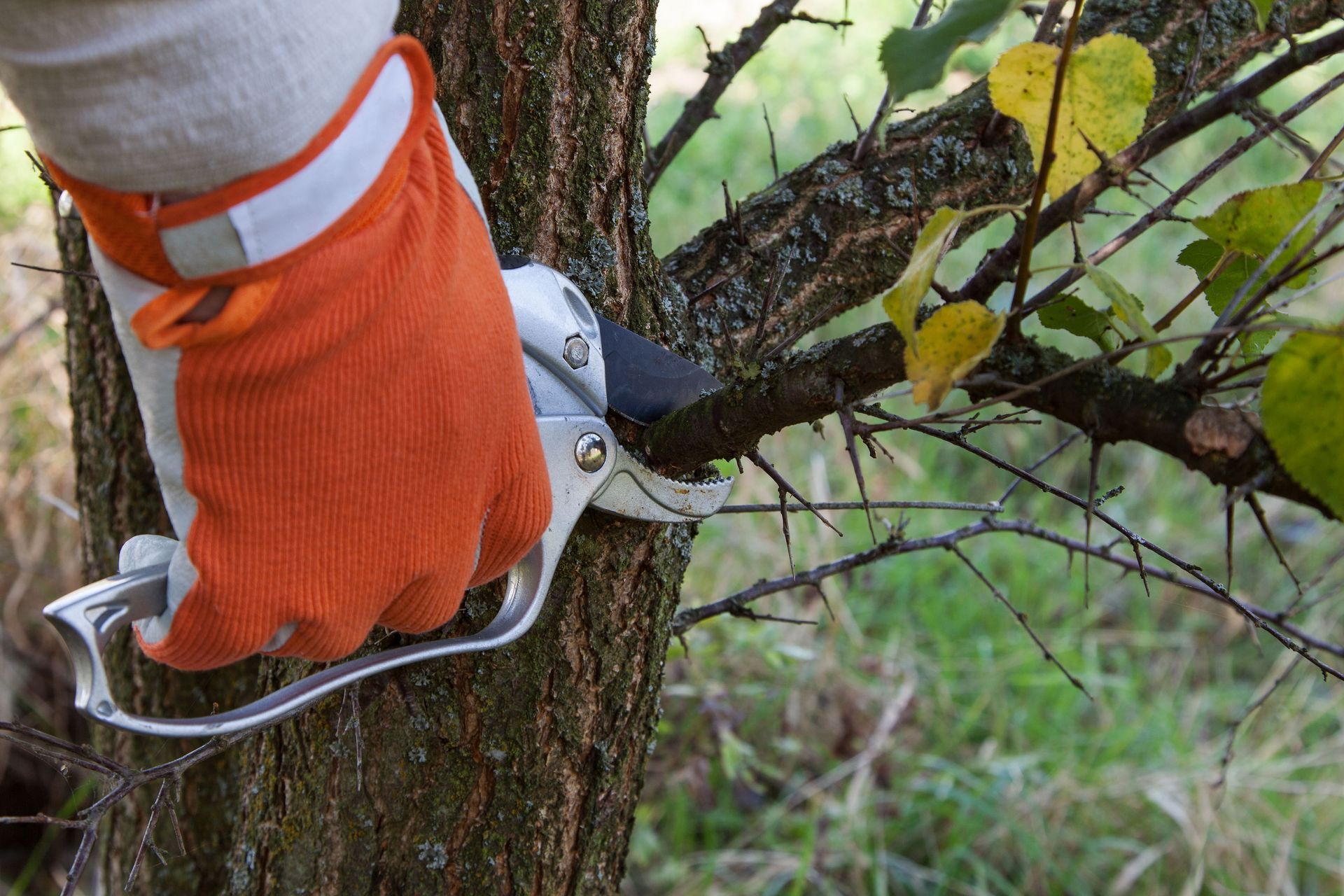When to Remove a Russian Olive Tree
The Insights of Why And When To Remove A Russian Olive Tree
Russian Olives are a short, shrubby, thorn-covered tree with silver-colored leaves. They are not native to North America and were originally brought over from Germany. They are very fast-growing, which can be problematic because they crowd out other plants and disrupt waterways.
Are Russian Olive Trees an Invasive Species?
Russian Olive Trees were at one time intentionally planted to act as a windbreak. However, the US Department of Agriculture currently classifies Russian Olive trees as a noxious weed. Russian Olives sprout from seeds or root suckers so they can grow and spread very quickly. They tend to grow along riverbanks and their root systems can clog up waterways and disrupt the natural water flow. They also crowd out and displace other native species of trees and plants. While it is not necessarily urgent to remove a Russian Olive Tree, they are considered to be a weed tree and they are not healthy for the Colorado ecosystem.
The Challenges in Keeping a Russian Olive Tree
Please insert this youtube link: https://youtu.be/p-Jpb62TqDQ
Russian Olive trees are no longer legal to sell or plant in the state of Colorado due to their invasive nature. However, existing Russian Olive trees do not have to be removed if they are not causing a problem.
Russian Olive trees can cause a major problem when they grow to close to waterways because they clog them up and disrupt water flow. Tree removal should be considered for trees that are growing too close to rivers, streams, and irrigation systems. Russian Olives may also crowd out and cause problems for other trees and plants. Overgrown trees that are interfering with the growth of other trees and plants should be considered for removal.
Russian Olive trees that are not removed can be very difficult to maintain. Their thorns make them a pain to prune and the rapid growth of their root suckers makes them difficult to keep within a designated area. If the trees are growing in an open area where they will not interfere with waterways or other plants without mitigation, then it may not be a problem to just leave them be.
Russian Olive Tree, Stump, and Root Removal
As with most invasive species, Russian Olive trees can be difficult to fully be rid of. The thorns on Russian Olive trees make them difficult to maintain and can be very inconvenient for tree removal. Thick gloves and care in removing and hauling away branches are important in the removal of these trees.
Once a Russian Olive grove is cleared out, future mitigation should also be considered. The quick spread of these trees is largely due to their versatility in propagation, they can either grow from seeds or root suckers. Stump grinding and root removal to as much as an extent as possible is necessary to fully remove Russian Olives. Herbicides can be used to prevent regrowth, but it is possible that root suckers will need to be removed for a few seasons before the trees are fully gone.
When to Consider a Professional Tree Removal Company
Russian Olive trees are small, so they tend to be inexpensive to have professionally removed. Many homeowners opt to go this route and save themselves the hassle of dealing with these thorny trees. A tree removal company will have the proper tools to effectively remove the trees and prevent regrowth. A tree company will first remove and haul away the existing trees. Then they will bring in a stump grinder to prevent the regrowth of suckers from the stumps. Finally, an herbicide will be used to kill new root suckers when they sprout back up.
Precision Tree offers free estimates and has been in the tree trimming and removal business for nearly 20 years




Share On: